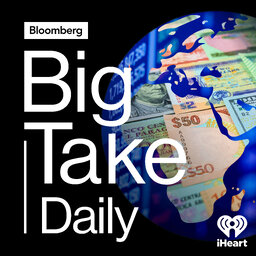Is the Fed Thinking About Inflation All Wrong?
For over a decade, America’s central bank has had an inflation target of 2%. On Wednesday, the Federal Reserve announced that it would keep its main interest rate unchanged in order to try and get inflation to that magic number. But what if the Fed is thinking about inflation all wrong?
On today’s episode, host David Gura talks to Bloomberg’s Managing Editor for US economic policy Kate Davidson about the reasons the Fed introduced an inflation target in the first place, and Bloomberg Opinion columnist Mohamed El-Erian about the risks if the Fed is wrong about this – and who could be hurt the most.
 Big Take
Big Take


